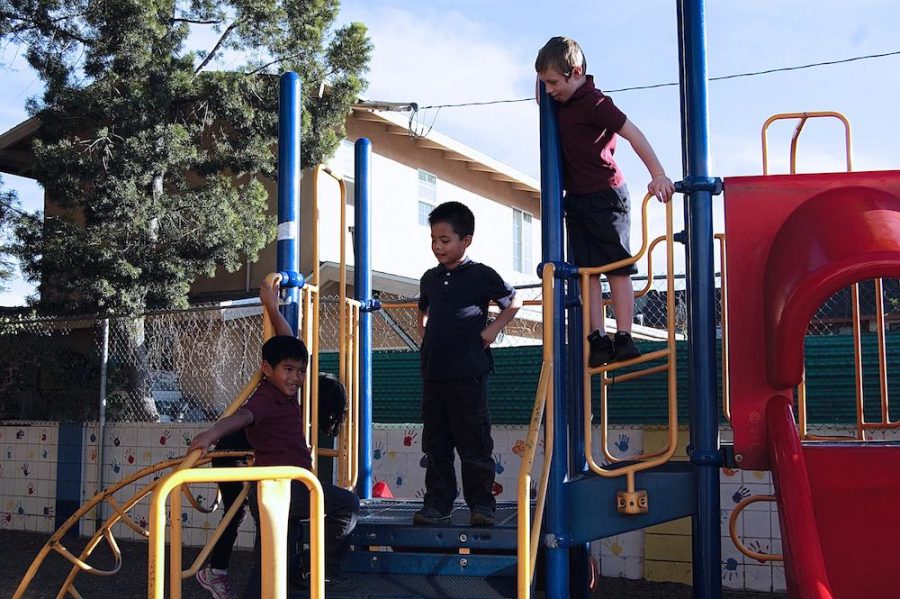(October 27, 2011) — The Glendale City Council approved funding earlier this month to support further research on the elimination of chromium-6 in local groundwater, which could benefit the entire San Fernando Valley. According to the Glendale News-Press , Glendale Water and Power (GWP) is planning to spend another $550,000 on the project to find a better way to filter out the chemical—a chemical which the U.S. Environmental Protection Agency found to be carcinogenic to humans—in drinking water. The recently approved funding comes from a state grant, the Denver-based Water Research Foundation and California Water Service Co. Senior Sipan Beglaryan says he does not think spending another half a million dollars on research is the best thing to do right now. “It might not even prove successful,” said Beglaryan. “Since California has the highest level of unemployment, the money could be spent on creating jobs and helping the community in other ways.” The Glendale News-Press says that research over the past nine years has cost $7.8 million, supported by an unsteady stream of financing from grants and polluters’ payments. In January, the GWP site reported that the third part of its three-phase study was in progress; two chromium-6 water treatment and testing facilities had been running for a year. The first two phases involved bench testing at the University of Boulder and pilot testing at the city’s water treatment plant and well site. Junior Brenda Macias says that, like Beglaryan, she feels that there are more pressing matters at hand, especially since Glendale’s chromium level is far below the state maximum. According to the Chemical & Engineering news, two reduction systems used in Glendale have managed to keep chromium-6 concentrations at less than 2 parts per billion (ppb), well below the state maximum of 50 ppb. “It’s a good thing that they’re trying to reduce the amount of [the chromium], but if it’s at a level that’s tolerable, then it is a waste of time and money. That money can go to schools or public improvements like better roads. The city officials should listen to the people,” Macias said. Clark graduate Saro Meguerdijian, who was named a Siemens semifinalist for his work with chromium-6, also says that it should be up to the people to decide whether more money is spent on research. However, he adds that people should be aware that over time, resins accumulate enough radioactive waste to become subject to radioactive waste laws; this could increase disposal costs significantly. He goes on to say that the resins may sometimes become subject to such laws before they are used to their full chromium-filtering potential. Officials will be testing out new resins to find a more effective alternative to the current resin, which leaks formaldehyde and accumulates uranium. They are anticipating a tightening of restrictions on the allowable amount of the toxic element in drinking water.
Categories:
Glendale funds water cleanup project
October 27, 2011
More to Discover








